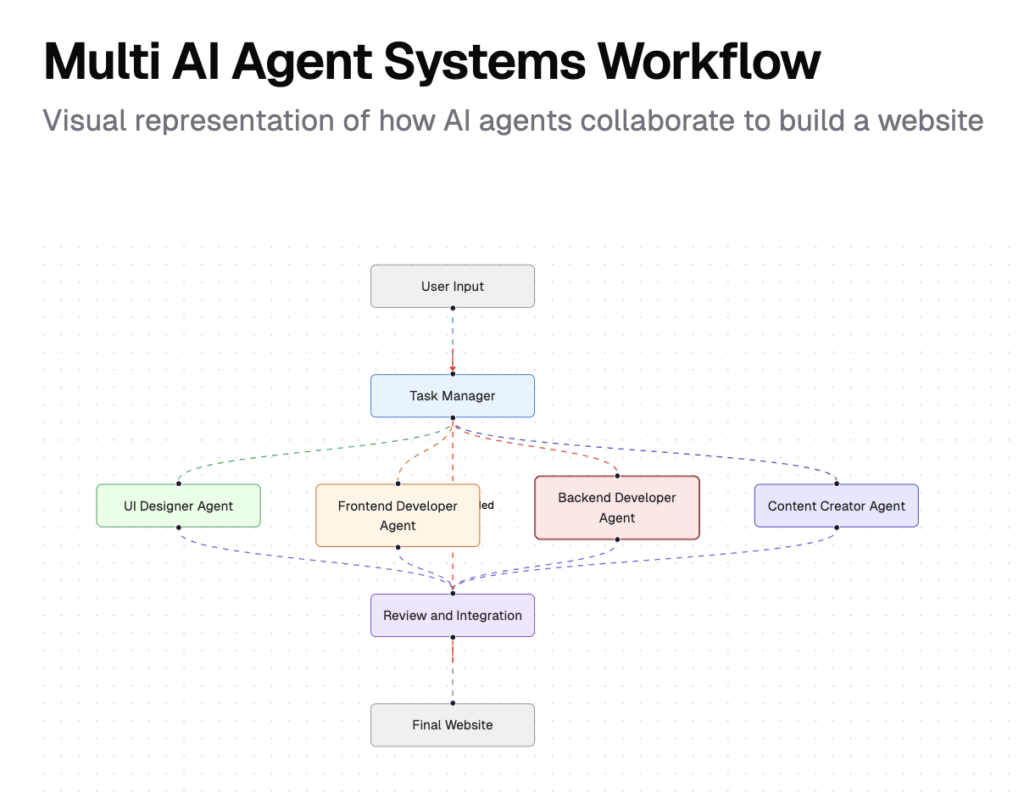In today’s fast-paced business landscape, small business owners are continually seeking ways to enhance productivity and streamline operations. Virtual assistant technology has emerged as a game-changing solution, offering innovative ways to manage tasks and improve efficiency. This article explores the current trends, benefits, challenges, and future innovations in virtual assistant technology, providing actionable insights for small businesses eager to harness its potential.
Key Takeaways:
- Virtual assistant technology is rapidly evolving, providing powerful tools for business efficiency.
- Current trends highlight increased automation and AI capabilities in virtual assistants.
- Implementing virtual assistants can lead to significant cost savings and improved productivity for small businesses.
- Despite their benefits, challenges such as data security and integration must be navigated carefully.
- The future promises even greater innovations, suggesting a transformative impact on operational workflows for businesses.
Introduction to Virtual Assistant Technology
Virtual assistant technology has emerged as a transformative tool for small business owners seeking to streamline operations and enhance productivity. By leveraging advanced algorithms and machine learning, virtual assistants can efficiently manage a variety of tasks, from scheduling appointments and handling customer inquiries to processing transactions and generating reports. These technologies not only save time but also reduce operational costs, allowing small businesses to allocate resources more effectively. As the demand for efficiency and responsiveness in the marketplace increases, integrating virtual assistant technology can empower small business owners to focus on strategic initiatives and growth opportunities, ultimately driving their business forward in an increasingly competitive landscape.
Current Trends in Virtual Assistant Technology
In the rapidly evolving landscape of virtual assistant technology, small business owners are witnessing a remarkable transformation that enhances operational efficiency and customer engagement. Current trends highlight the integration of artificial intelligence and machine learning, allowing virtual assistants to provide increasingly personalized experiences and automate routine tasks with greater accuracy than ever before. Moreover, advances in natural language processing have enabled these assistants to understand context and sentiment, facilitating more meaningful interactions with clients. As businesses strive for cost-effectiveness and scalability, features such as multi-channel support—from chatbots on websites to voice-activated assistants—are becoming essential tools. Furthermore, the rise of remote work has accelerated the adoption of collaborative virtual assistants that can integrate seamlessly with various productivity platforms, providing small businesses with the flexibility to adapt to changing demands while maintaining a competitive edge. Embracing these technological innovations is not just beneficial; it acts as a strategic imperative for small business owners looking to streamline operations and enhance customer satisfaction.
‘The greatest danger in times of turbulence is not the turbulence; it is to act with yesterday’s logic.’ – Peter Drucker
Benefits of Implementing Virtual Assistants in Businesses
Implementing virtual assistant technology in businesses offers a multitude of advantages, particularly for small business owners looking to enhance efficiency and reduce operational costs. By leveraging the capabilities of virtual assistants, small businesses can streamline their customer service operations, automate repetitive tasks, and significantly improve response times, all while freeing up valuable human resources. This technology allows entrepreneurs to focus on strategic growth by delegating routine administrative duties such as appointment scheduling, data entry, and even basic customer inquiries to AI-powered virtual assistants. Furthermore, the scalability of virtual assistant technology means that as your business grows, your operational support can expand without the need for substantial financial investment in additional personnel, thus optimizing budget allocation and enhancing productivity. In summary, adopting virtual assistant technology not only provides immediate operational benefits but also lays the groundwork for sustainable growth and improved customer satisfaction.
Challenges and Limitations of Virtual Assistant Technology
Virtual assistant technology, while transformative for small businesses, comes with its own set of challenges and limitations that owners must navigate. One significant hurdle is the reliance on internet connectivity; any disruption can severely affect productivity and hinder communication with clients and team members. Additionally, virtual assistants are only as effective as the data they are trained on, which means that biases in algorithms or inadequate training data can lead to misinformed or inappropriate responses, potentially embarrassing the business. Furthermore, the integration of these technologies into existing workflows can be disruptive. Small businesses must invest time and resources to train staff on effectively employing virtual assistants, which may be a daunting task for those with limited technical expertise. Finally, privacy concerns remain paramount; the use of virtual assistant technology necessitates sharing sensitive information, which can pose risks if not managed with stringent cybersecurity measures. As small business owners consider adopting these advancements, understanding these challenges is critical for making informed decisions and harnessing the full potential of virtual assistant technology.
Future Innovations and Possibilities
As small business owners navigate the increasingly competitive landscape, the emergence of virtual assistant technology stands poised to revolutionize operations and customer engagement in unprecedented ways. Future innovations in this domain promise not only to enhance efficiency through sophisticated artificial intelligence but also to provide personalized interactions that can significantly improve customer satisfaction and loyalty. For instance, advanced algorithms are expected to understand and anticipate user needs with remarkable accuracy, allowing businesses to offer tailored solutions in real time. Furthermore, with the integration of voice recognition and natural language processing, virtual assistants will enable seamless communication and task management, empowering small business owners to focus on strategic growth rather than mundane administrative tasks. As we approach this next wave of technological advancement, embracing virtual assistant technology will not only streamline operations but also position small businesses at the forefront of customer service excellence.



